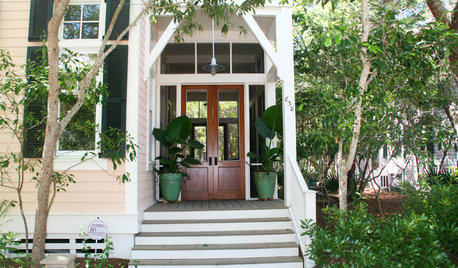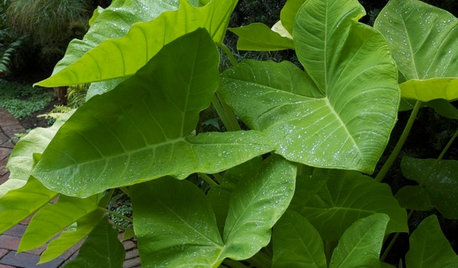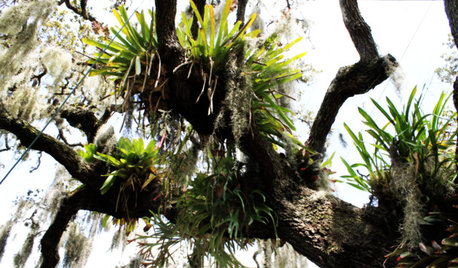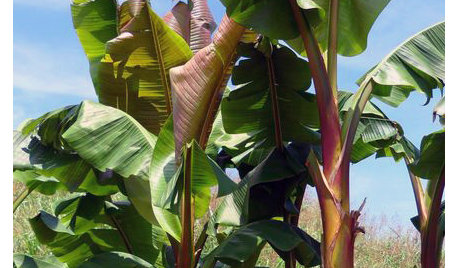Tropical Milkweed: To Plant it or Not
runmede
10 years ago
Featured Answer
Comments (16)
bernergrrl
10 years agorunmede
10 years agoRelated Professionals
Wrentham Landscape Architects & Landscape Designers · Huntington Landscape Contractors · Kerman Landscape Contractors · Metairie Landscape Contractors · Soddy Daisy Landscape Contractors · Sugar Hill Landscape Contractors · Bonney Lake Fence Contractors · Chaska Fence Contractors · El Segundo Fence Contractors · Libertyville Fence Contractors · Meadow Woods Fence Contractors · Troutdale Fence Contractors · Everett Window Contractors · Kuna Window Contractors · Two Rivers Window ContractorsMonarch-Ma-so.cal
10 years agoMonarch-Ma-so.cal
10 years agorunmede
10 years agorunmede
10 years agorunmede
10 years agorunmede
10 years agolinda_tx8
10 years agolinda_tx8
10 years agorunmede
10 years agosanmob
10 years agoKC Clark - Zone 2012-6a OH
9 years agoroper2008
9 years agolinda_tx8
9 years ago
Related Stories

FLOWERS AND PLANTSHelp Monarchs and Other Butterflies by Planting Common Milkweed
Summer-blooming Asclepias syriaca is an important larval host plant for the monarch butterfly and attracts a number of pollinating insects
Full Story
GARDENING GUIDESGreat Design Plant: Milkweed
Quit cringing. This not-weed plant is a sight to behold in the garden, has a delicious vanilla scent and is a magnet for butterflies
Full Story
GARDENING GUIDESGreat Design Plant: Butterfly Milkweed, a Beacon in the Prairie
Vivacious orange flowers for you, nectar for the butterflies and bees. Asclepias tuberosa is worth planting for more reasons than one
Full Story
GARDENING GUIDESGreat Design Plant: Asclepias Incarnata for a Butterfly Garden
Beautiful swamp milkweed makes it easy to help monarchs and other pollinators in eastern U.S. gardens
Full Story
CONTAINER GARDENSWant an Easy Tropical Oasis? Think Container Plants
Tropical plants have taken one coastal community by storm. Come on a walk with us to get ideas for your own porch, patio or garden
Full Story
DECORATING GUIDESInspiration: Tropical Plants
Tropical wallpapers, floral arrangements, tiles and more
Full Story
GARDENING GUIDES7 Tropical Wonders of the Plant World
Go for high impact with the spectacular foliage, over-the-top florals or iconic profiles of these hand-picked tropical favorites
Full Story
GARDENING GUIDESGot a Hot, Humid Landscape? Add Tropical Flair With Air Plants
Turn tree trunks and walls into lush canvases with plants adapted to the canopies of the rainforest
Full Story
NATIVE PLANTSGreat Native Plant: Grow Wild Quinine for Its Unique Clusters of Blooms
Get connoisseur cred and unique blooms with this uncommon plant. Bonus assets: It’s low maintenance and drought tolerant
Full Story
GARDENING AND LANDSCAPINGBring the Tropics to Your Cold-Climate Garden
Delightfully deceptive, these plants combine a durable nature with a tropical look to add a touch of the exotic to cooler landscapes
Full StoryMore Discussions








runmedeOriginal Author